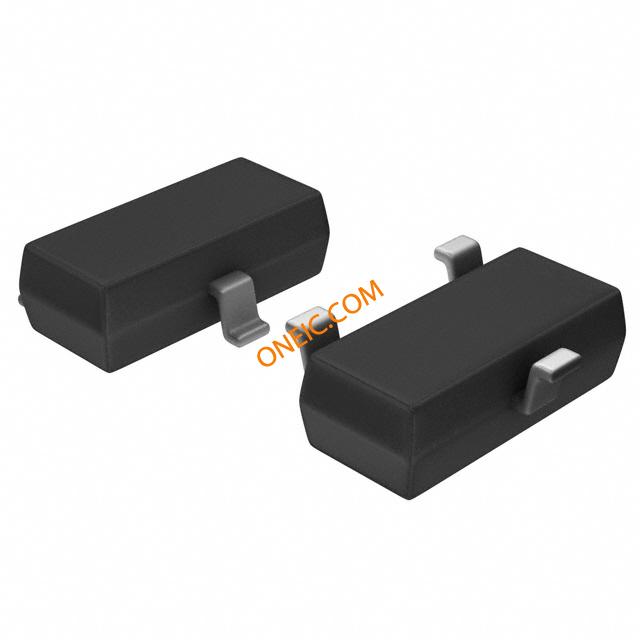MMBT 2907A LT1
General-purpose PNP bipolar transistors for switching and amplification
Manufacturer: infineon
series introduction
# Introduction to the MMBT 2907A LT1 Product Series
## 1. Overview
The MMBT 2907A LT1 product series belongs to the realm of semiconductor devices, specifically being a type of bipolar junction transistor (BJT). These transistors are widely used in various electronic circuits due to their reliable performance, compact size, and cost - effectiveness. The "MMBT" in the name typically indicates a surface - mount device (SMD) package, which is highly suitable for modern printed circuit board (PCB) designs where space is often at a premium. The "2907A" is a well - known transistor type code, and the "LT1" might refer to a specific manufacturing lot, version, or a particular characteristic related to the product line.
## 2. Physical Characteristics
### Package
The MMBT 2907A LT1 is usually available in a small - outline transistor (SOT) package, such as SOT - 23. This package offers several advantages. It has a low profile, which is beneficial for applications where height restrictions are present, like in mobile devices and thin - profile consumer electronics. The SOT - 23 package also provides good thermal performance, allowing the transistor to dissipate heat efficiently during operation. It has three leads, which are clearly marked for easy identification and connection on the PCB.
### Dimensions
The typical dimensions of the SOT - 23 package for the MMBT 2907A LT1 are relatively small. The length is around 2.9 mm, the width is approximately 1.3 mm, and the height is about 1.1 mm. These compact dimensions make it possible to integrate multiple transistors on a single PCB, enabling the design of more complex and miniaturized electronic circuits.
## 3. Electrical Characteristics
### Type of Transistor
The MMBT 2907A LT1 is a PNP bipolar junction transistor. In a PNP transistor, the majority carriers are holes. When a small current is applied to the base terminal, it controls a much larger current flowing between the emitter and the collector. This property makes it useful for amplification and switching applications.
### Key Electrical Parameters
- **Collector - Emitter Voltage (VCE):** The maximum collector - emitter voltage that the MMBT 2907A LT1 can withstand is typically around - 60 V. This parameter is crucial as it determines the range of power supplies and voltage levels that the transistor can handle in a circuit without getting damaged.
- **Collector Current (IC):** The maximum continuous collector current is usually around - 600 mA. This indicates the amount of current that can flow through the collector terminal under normal operating conditions. Higher collector currents can be achieved for short - term pulses, but continuous operation above the rated value can lead to overheating and premature failure of the transistor.
- **DC Current Gain (hFE):** The DC current gain, also known as the beta (β) of the transistor, is an important parameter that describes the amplification capability of the transistor. For the MMBT 2907A LT1, the hFE typically ranges from 100 to 300, depending on the collector current and temperature. A higher hFE value means that a smaller base current can control a larger collector current, which is desirable for amplification applications.
- **Transition Frequency (fT):** The transition frequency is a measure of the transistor's high - frequency performance. For the MMBT 2907A LT1, the fT is typically around 250 MHz. This indicates that the transistor can operate effectively at frequencies up to this value, making it suitable for applications in radio - frequency (RF) and high - speed switching
Images for reference

SOT-23-3

SOT-23-3

Image Preview